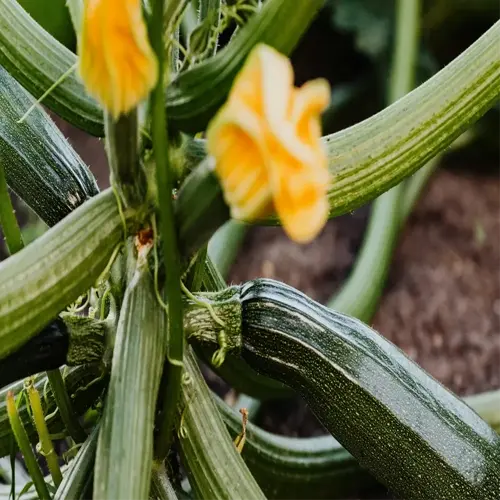What are signs of overfertilization?

Written by
Nguyen Minh
Reviewed by
Prof. Martin Thorne, Ph.D.Unbeknownst to ya, overfertilization quietly harms lawns and depletes bank accounts. Yellow leaf margins are usually the first sign - I have seen customers fail to see this as burning, and mistakenly address it with added fertilizer. Salt crusts indicate that excess nutrients are crystallizing on the soil and suffocating the live roots and microbes living under the turf.
Visual Signs
- Yellow/brown leaf margins within 48 hours
- White salt crusts on soil surface
- Sudden weed explosions in stressed areas
Environmental Impact
- Algae blooms in nearby ponds within 72 hours
- Foamy runoff during irrigation cycles
- Increased mosquito breeding in nutrient-rich puddles
Regional conditions amplify challenges. Coastal lawns display salt crusts quickly because brackish water is used to irrigate them. Clay soils in Midwest states trap excess nitrogen only for the roots to scorch during dry periods. A St. Augustine lawn for a Dallas client died after it was triple-fed and had been exposed to 100°F heat - it took two seasons and $1,800 in soil replacements to bring the lawn back to life.
The recovery begins by flushing salts using gypsum-treated water. This is achieved by applying one inch of irrigation for three days and then implementing a 21-day detox period. On day 22, soil tests serve as a basis for necessary micronutrient corrections - especially zinc, which will probably plummet after an overfertilization event.
Read the full article: When to Fertilize Lawn: By Region & Grass Type

